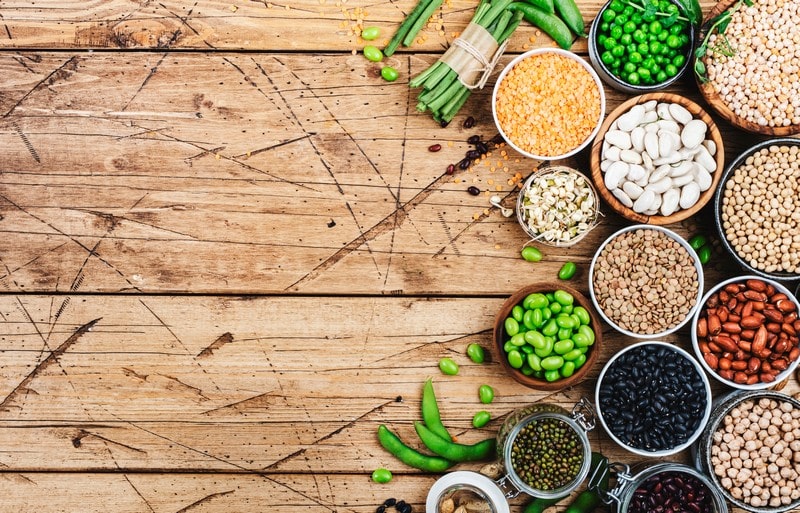Legumes

Including beans and other legumes in one’s diet is an easy way to increase one’s iron intake. Iron is abundant in legumes, including beans, peas, and lentils. These are a good source for increased iron intake and contain calcium, phosphorus, and magnesium.
Soybeans have one of the highest iron contents among non-heme iron sources. On the other hand, lentils and natto, a fermented soybean food, are excellent sources of several nutrients, including protein, iron, fiber, folate, and manganese. Additionally, the iron content of some bean varieties is relatively high. Women meet more than 10 percent of their daily iron needs with only 1/2 cup of navy beans.
The next highest source of iron after soybeans is beans, primarily white and red kidney beans. Beans and peas are not only high in iron but also contain a plethora of plant components and complex carbohydrates. In addition, several studies have linked beans and peas to improved cardiovascular health, which significantly affects iron deficiency.
However, antinutrients such as phytates and tannins are chemicals found in legumes that may interfere with the body’s ability to absorb certain nutrients, such as iron. This can be countered by eating citrus fruits or other vitamin C-rich foods to help with iron absorption.










